Time, Money, and Hardwork
There is a picture I show at the end of my “TOPGUN Lessons Learned” Keynote https://youtu.be/laLG5MX55V4. It’s a fully loaded F/A-18 A++ Hornet. In the cockpit sits a Lieutenant Colonel, a Marine Fighter Pilot with 2800+ hours of flight time, 4 deployments, numerous awards, a “Distinguished Graduate” of the United States Army War College and a graduate of the world-famous United States Navy Fighter Weapons School; TOPGUN. https://strategicleadershipconsulting.com/speaking/
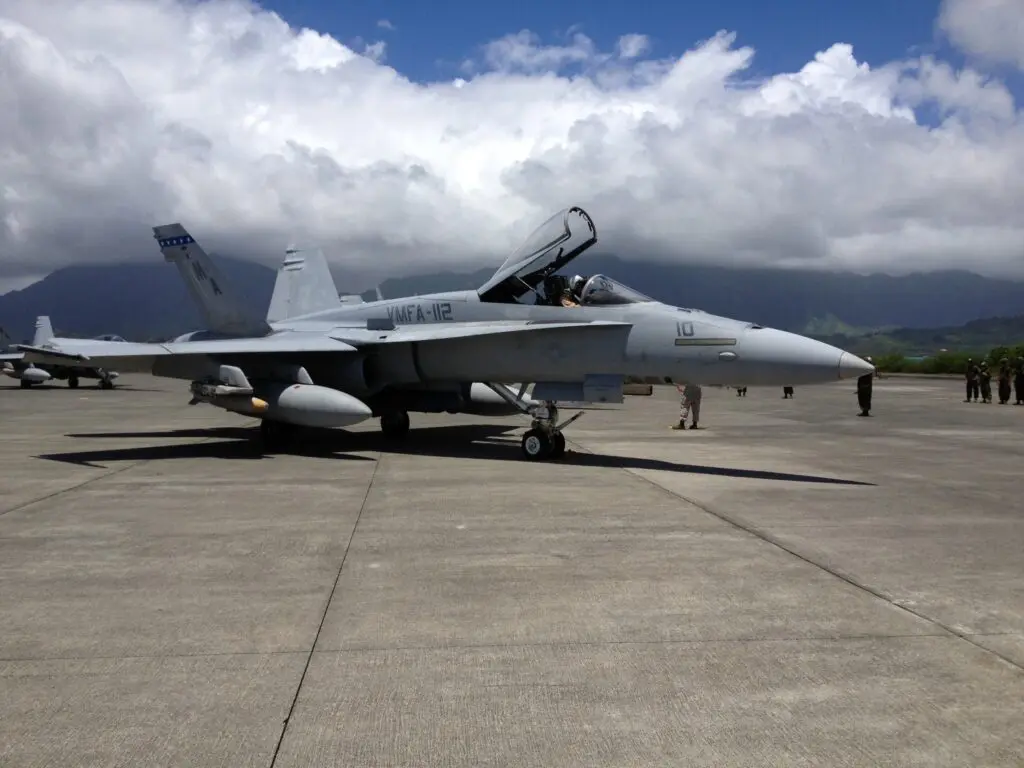
The basic model of the F/A-18 runs about $40M. When you start adding in upgrades and hanging pods and ordnance under its wings, the price can move up towards $60M. The pilot in the cockpit runs about $20M. Add in years of training, schools, flight time, and experience, and that pilot can be worth around $40M. Put the pilot and fighter jet together and you are looking at around $12K – $15K per flight hour. The amount of time, money, and hard work to make that system run and turn it into a lethal instrument of warfare is astonishing.
But there is something else in the picture. Something, or rather someone, that is obscuring the perfect view of the pilot and the steel horse he or she is riding.
That person is the Plane Captain.
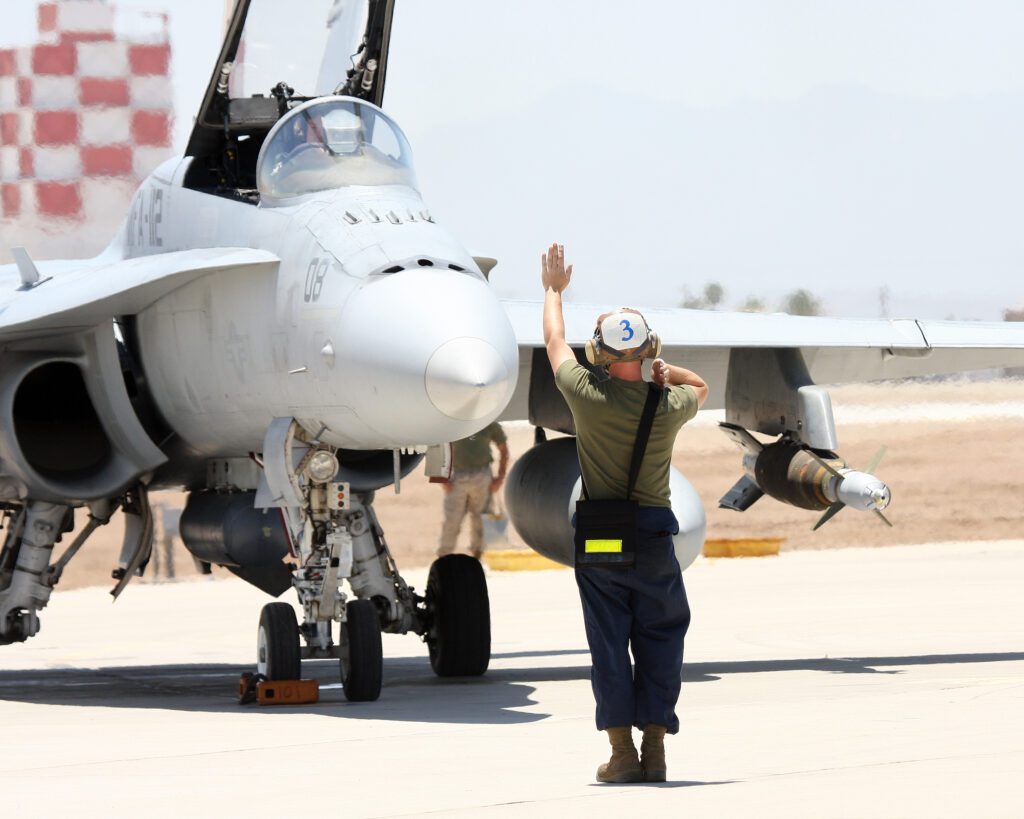
Most Important Part
Standing in front of my jet and ruining my perfect photo of me is perhaps…..no…actually IS the most important part of that whole system.
Despite the movies, accolades, and glory that comes with being a fighter pilot, none of it happens without the Plane Captain. The Plane Captains, Ordies, Avionic Techs, Supply Clerks, Fire Fighters, Corpsman, Admin Clerks, Airframers, Air Traffic Controllers etc. all set the conditions and make it possible for the airplane to go up in the sky and come down. Without them there is no TOPGUN, No Maverick, No Tom Cruise, and we never get to see the shirtless volleyball and football games because there is no movie.
A little bit about the individual standing in front of my jet.
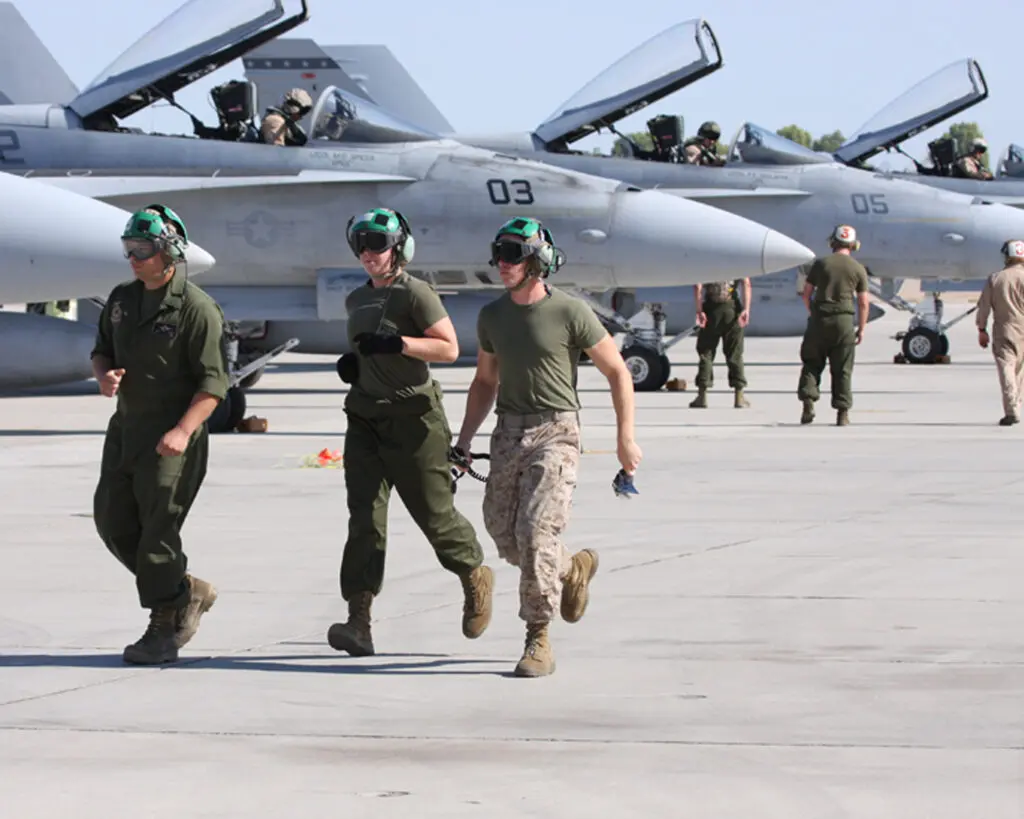
The Plane Captain
The Plane Captain standing in front of my aircraft is probably around 20-21 years old. They at least a GED, most likely a High School diploma, and in some cases an Associate Degree. They have been in the Marine Corps around 2-4 years and have attained the rank of Lance Corporal or Corporal. They are often stationed nowhere near where they grew up and are making anywhere between $30K – $40K a year. They generally only wear the squadron’s patch they are assigned to, work long days in harsh conditions, and Hollywood isn’t knocking down their doors to shoot movies. But without them nothing happens.
A Plane Captain fuels the aircraft. They check all the fluids. They make sure that all the doors close properly and that everything is attached the way it’s supposed to be. The run the flight line or the flight deck. They taxi $60M airplanes in sunny San Diego, in dust storms in the Middle East, and in the dead of night on a soaking wet pitching aircraft carrier deck, where the pilot is actually sitting over the edge of the ship. They also are in the powerline shop. This means they are responsible for the maintenance and upkeep of the two engines that propel the F/A-18 airborne. They can change out an engine in under an hour and fix it while it’s running. There isn’t enough space to describe what they do and there frankly aren’t the words for how valuable they are. But they are everywhere, with many different jobs and titles to make the airplanes go zoom.
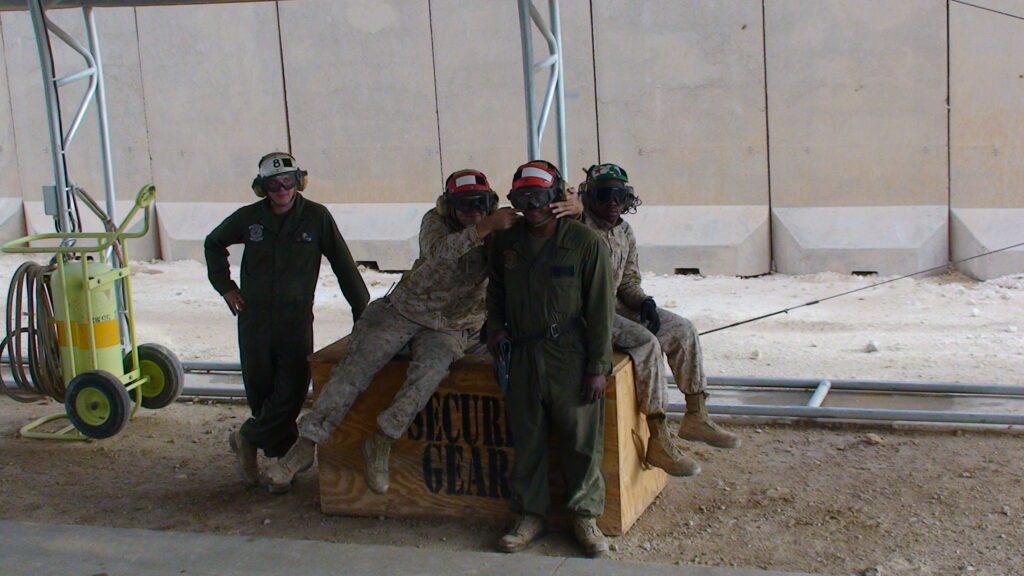
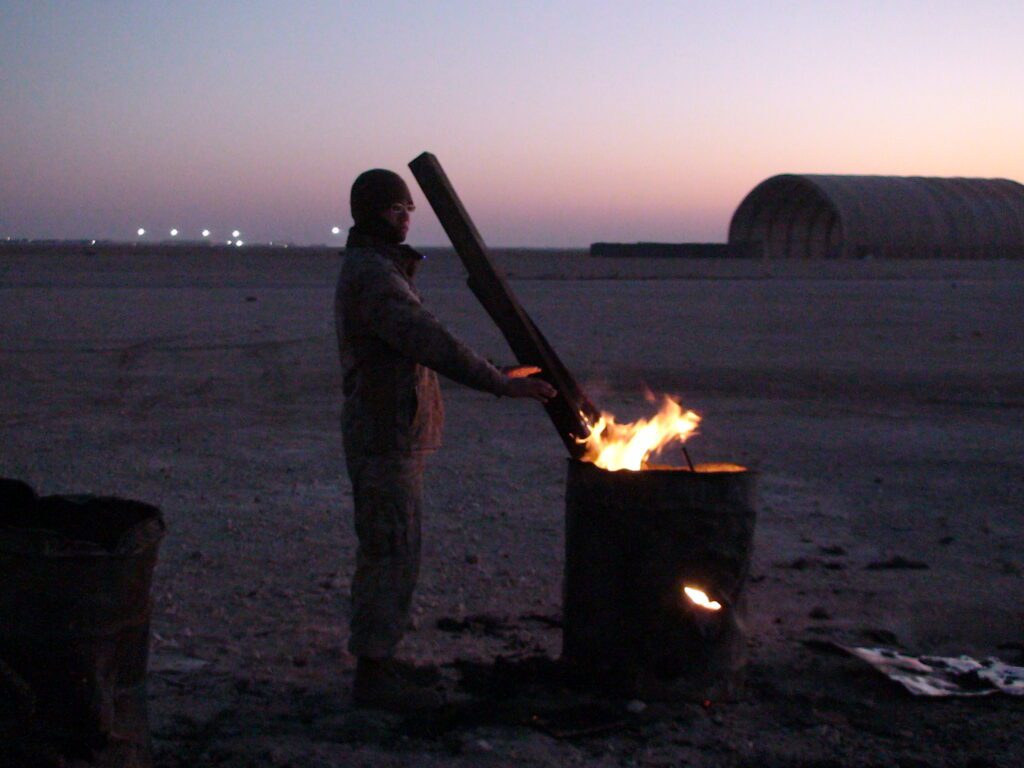

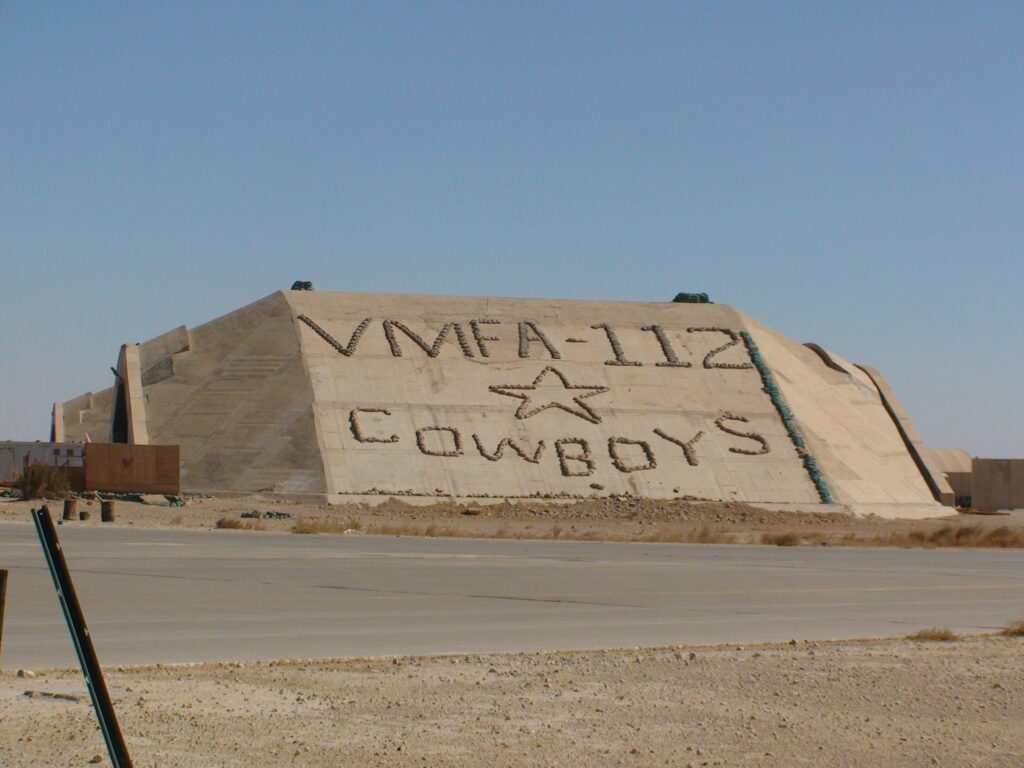
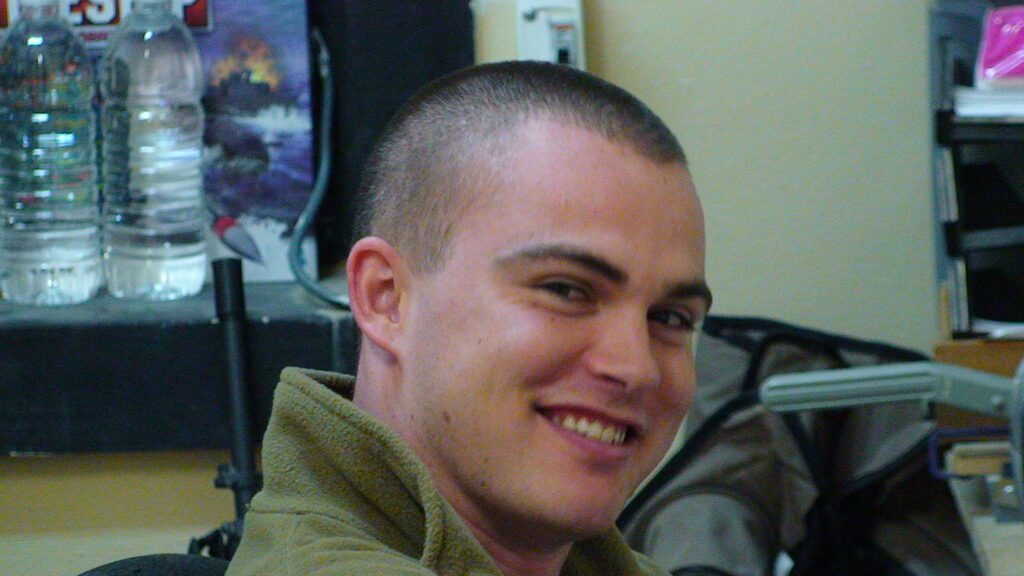
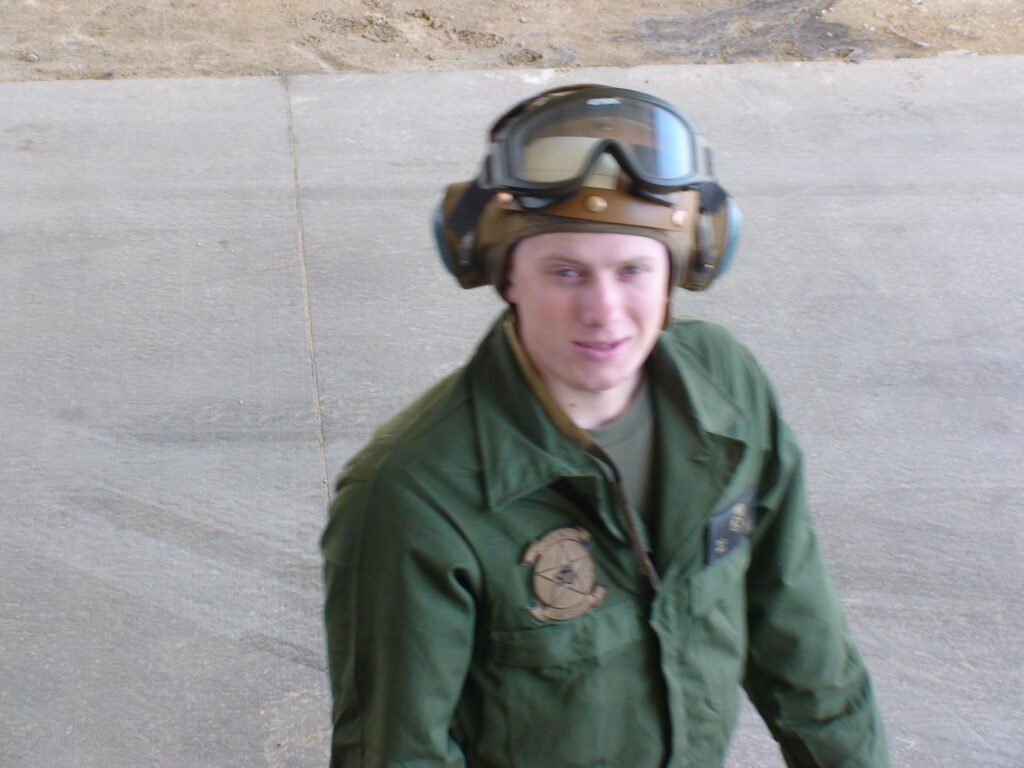
NEVER FORGET
NEVER FORGET about your Plane Captains!
NEVER FORGET about the people in your organization that make it run!
NEVER FORGET to recognize and thank them for their efforts!
NEVER FORGET to take a keen interest in their personal and professional development!
Just because you may sit at the top or at the pointy edge of the spear, there are many others that help propel your organization forward and contribute directly to your successes. With them, everything is possible. Without them, nothing is possible.

Most Important Leadership Principal
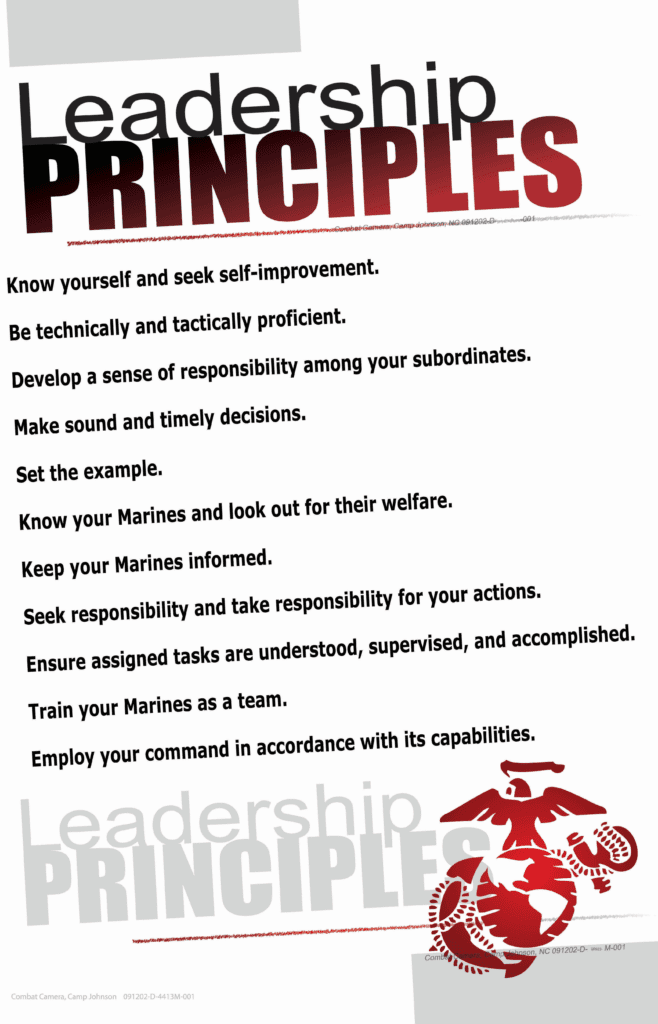
There are 14 leadership traits and 11 leadership principles in the United States Marine Corps. In my humble opinion, the most important leadership principle is “Know your Marines and look out for their welfare.” It’s really that simple. If you are trying to figure out how to lead, just keep that in mind.
Are you looking out for your team’s professional development? Are you coaching them up one level? Are you sending them to the right schools or courses? Are you charting them a path of continued growth and success? Are you asking questions and ACTUALLY LISTENING? Are you considering what’s going on in their personal lives? Are you showing empathy?
The only reason I was able to become a fighter pilot and graduate from TOPGUN was so that I could support the Marine, Soldier, Sailor, or Airman on the ground. My ultimate job and purpose was to make sure they could get their job done and come home. And the only way that happened was because of the countless individuals who worked those long tireless hours to make sure my jet could fly.
The Next Time You Win
NEVER FORGET the admin folks, computer techs, physician assistants, warehouse workers, accounts receivable people, front desk greeters, etc that make your company go zoom. Even though they may not have the most glorious jobs, they are the ones with whom everything is possible, and they are the ones that will help take your organization to the next level. Know your people and look out for their well-being and the next time you win an account, a contract, or an award, thank at least ten people that supported the effort.
